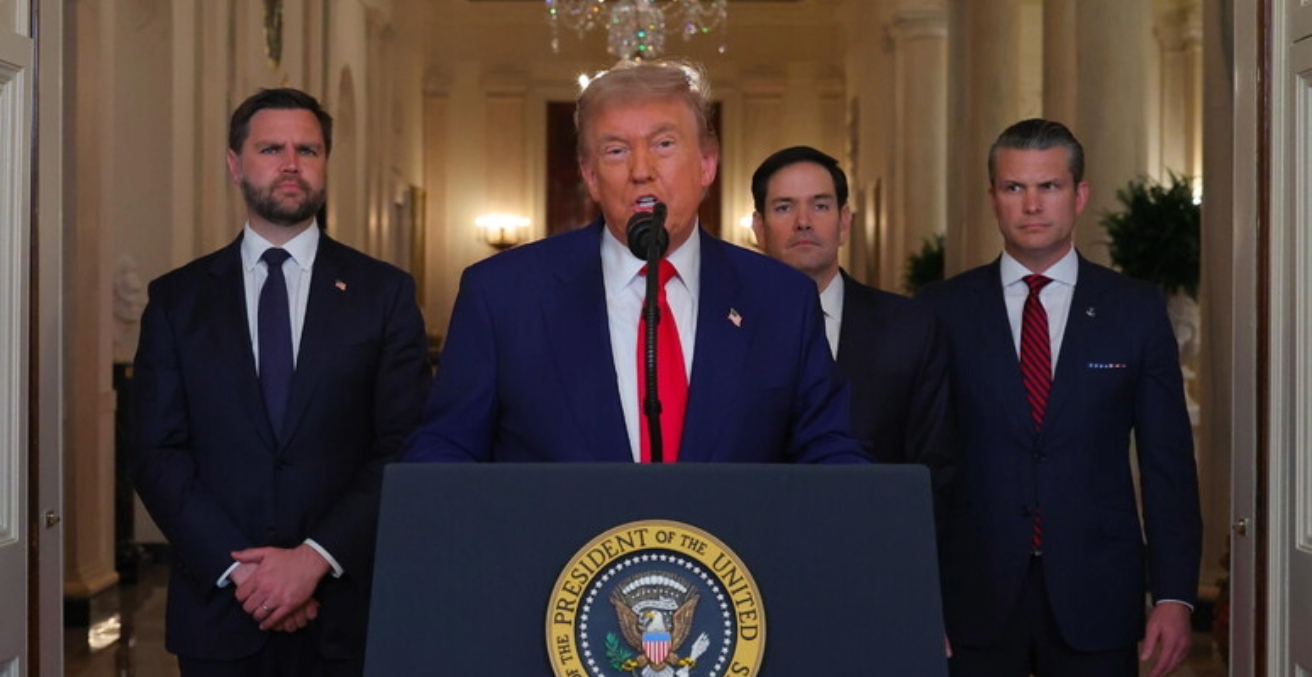In the last decade, China’s been steadily increasing its presence in the western Indian Ocean. That worries India and France, and has the potential to change the balance of power in the Indian Ocean region.
Australians hear with increasingly regularity that the Indo-Pacific region is facing the “most challenging strategic circumstances” since the end of the Second World War. That’s shorthand for “an assertive China” in our near region – especially the Pacific which at its nearest point (Papua New Guinea) is just four kilometres from Australia, and the 670-million-strong emerging economic powerhouse of Southeast Asia.
Few Australian observers though would be aware that, over the last decade, China has also been steadily building its presence in the western Indian Ocean. In part, that’s because Australia’s equities in this part of the world are modest. So what, if anything, does China’s engagement there mean for Australia?
The Western Indian Ocean – who’s there, and who cares?
The Western Indian Ocean sub-region takes in five nation states: Mauritius, Seychelles, Madagascar, Comoros, along with the French overseas departments of Mayotte and Reunion (which are to the French state what Tasmania is to Australia – irrevocably part of France).
Mauritius, with 70 percent of its population descended from Indian indentured labourers, mostly cleaves to India (though that’s under pressure). Seychelles is proudly Creole and non-aligned. Multi-ethnic Madagascar has lingering Cold-War ties with Russia, and a tricky relationship with former colonial power France, as does Comoros, an Arab-League member and the only Muslim majority country in the sub-region.
In this enormously diverse mix, India and France see themselves as the “traditional” partners. France has an embassy on every island, an almost $700 million development assistance program across the region, and a resident military presence of 2000 personnel. India meanwhile extends lines of credit in the hundreds of millions of dollars, deploys very senior people into diplomatic roles (their High Commissioner to Seychelles until 2022 was a former Chief of Army), and is likely developing a military base on Mauritius’ Agalega island.
But neither of these partners has the primacy they would like. France has active territorial disputes with Comoros, Mauritius, and Madagascar and carries baggage as a former colonial power. And India is experiencing a surprising amount of pushback from Mauritius and Seychelles, with parts of the community increasingly viewing India’s regional security role with suspicion.
China’s step up
The diversity of this sub-region also means it’s never really succeeded in operating internationally as a cohesive bloc, in the way that Pacific Island states have done. Not much unites the region beyond shared vulnerability as island states, and difficulty getting the attention of a broad cross-section of international partners.
That’s created space for new partners like China.
Energy needs and supply chains are partly behind China’s engagement with Indian Ocean states. Half of the world’s shipping container traffic transits through the Indian Ocean, along with 70 percent of China’s oil and LNG, funnelled through just one bottleneck, the Strait of Malacca.
China’s big-ticket responses to its “Malacca Dilemma” are well known and include establishing a military base in Djibouti in 2016, and striking port deals with Sri Lanka (Hambantota) and Pakistan (Gwadar).
Less well known are its efforts over the last decade to develop or expand port infrastructure right around the western edge of the Indian Ocean, including in Djibouti (2012), Kenya (Lamu, 2013), Madagascar (Tamatave, 2015) and Tanzania (Dar es Salaam, 2017). Some of its more brazen efforts though have been stymied: Tanzania’s government recently overturned a controversial Chinese proposal to build a US$10 billion port at Bagamoyo that would also have banned any other parties from operating or accessing port infrastructure along a 900-kilometre stretch of coastline.
In parallel, China has sought to deepen economic and aid relationships with countries that don’t always have a lot of choices, either because they are entirely off the international radar (Comoros), or are no longer eligible for aid but still vulnerable (Seychelles).
For example, Huawei is building communications infrastructure for island states when no one else is – providing Seychelles with its submarine cable, upgrading Madagascar’s telecommunications infrastructure, and building an inter-island undersea cable in Mauritius, where it has also installed a network of 4000 safe-city cameras (in a country with one of Africa’s lowest crime rates).
And like France, China has an embassy (and a Confucius institute) in all four Western Indian Ocean island countries. It’s the biggest diplomatic presence in Seychelles and the largest foreign donor in Comoros, according to some diplomatic sources (the French government also assesses that China is the largest creditor there). Despite being a non-Indian Ocean state, China also has membership or observer status in all the regional organisations, including the Indian Ocean Rim Association, the Indian Ocean Commission (a sub-regional organisation for the Western Indian Ocean island states), the Indian Ocean Naval Symposium, and the Indian Ocean Tuna Commission.
What does this mean for Australia?
These developments won’t engage Australia deeply for now. In fiscally tightened times, no one would begrudge Australia’s carefully weighed decision to focus on the Pacific, Southeast Asia, and the northeast Indian Ocean.
Still, it’s worth us knowing what the world looks like to our friends and partners. Because when India and France look out into the Indian Ocean, including its western most edges, they see the same geostrategic uncertainty and competition that we see in the Pacific. And if the balance of power in the Indian Ocean changes more in coming years, that will see our partners ask us to consider more, not less, engagement in this complex and diverse region.
Dr Kate O’Shaughnessy is Research Director at the Perth USAsia Centre and a former Australian diplomat. From 2020 to 2022, she was Australian High Commissioner to Mauritius and Seychelles, and Ambassador to Madagascar and Comoros.
This article is published under a Creative Commons Licence and may be republished with attribution.




